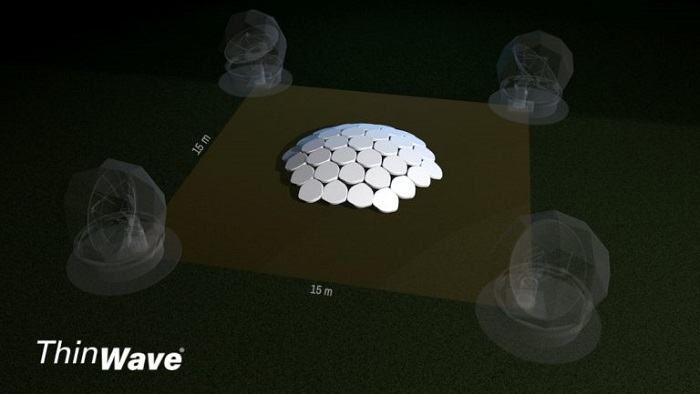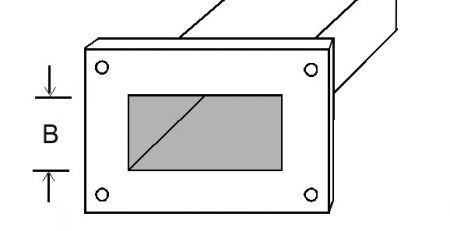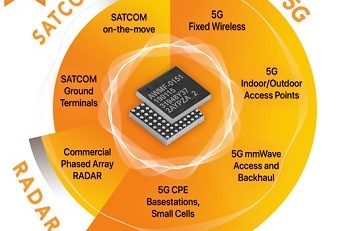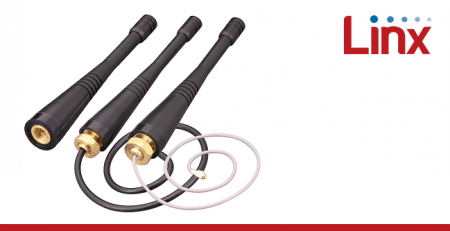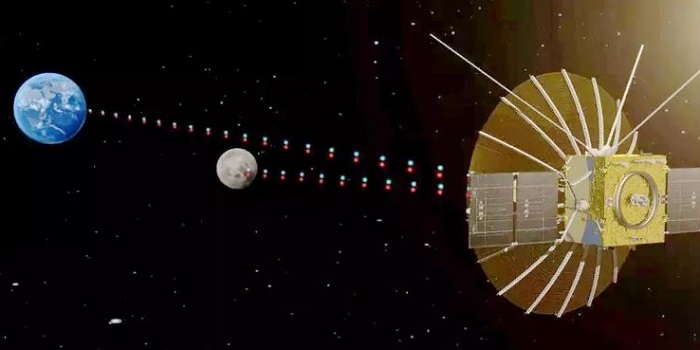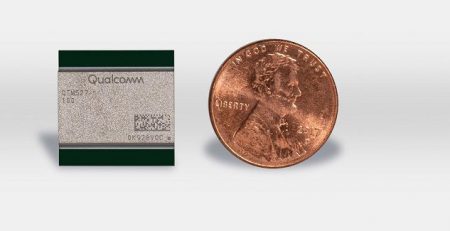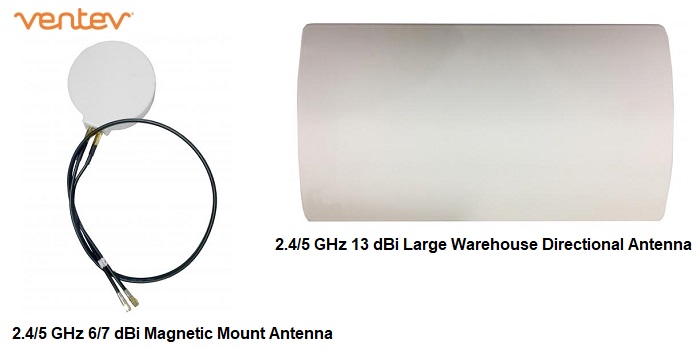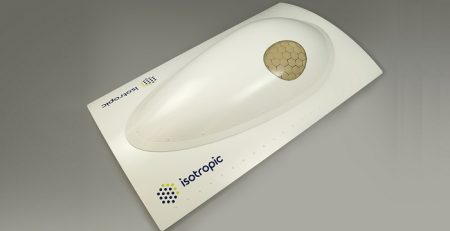Multi-Beam, Reconfigurable, Phased-Array Antenna Solution for Next-Gen Satellites
ThinKom Solutions has released a new phased-array antenna solution for efficient and effective land-based gateways designed to accommodate current and next-generation low-Earth-orbit (LEO) and medium-Earth-orbit (MEO) satellite constellations.
The new gateway concept, which ThinKom describes as an “array of arrays,” will provide a superior alternative to the large “antenna farms” of parabolic dishes currently used for support of geostationary (GEO) satellites. It is based on ThinKom’s proven phased-array antenna technology, which is currently in use on over 1,300 commercial aircraft installations worldwide, in 10M+ hours of proven high-reliability operation.
Limitations of Dish-Based Gateways for LEO Networks
Current-generation gateways employ large parabolic dishes which are necessarily limited to one link per dish. Further, they are unable to repoint quickly to a different satellite, given their complex drive mechanisms. These legacy systems are large, heavy, expensive to install and maintain, and can take months to deploy.
Additionally, they are adversely affected by wind, snow, and ice loading and typically require a substantial concrete foundation or reinforcement of roof structure to support the weight and uplift forces of several thousand kilograms resulting from even moderate wind conditions. These multi-dish gateway sites must allow for sufficient separation in order to avoid dish-to-dish blockages, often requiring a relatively large swath of real estate (as illustrated below).
New Paradigm: An Array of Arrays
ThinKom’s approach uses multiple, tightly arranged, phased-array antennas, which are coherently (and reconfigurably) combined. The antenna units work together to track multiple LEO, MEO and GEO satellites simultaneously with look angles between 5 and 90 degrees in elevation and full 360-degree coverage in azimuth.
The software-defined system is reconfigurable in that a single array is capable of supporting multiple links, modifying the number of beams and radiation properties dynamically to meet the link budget and throughput demands of the ever-changing number of satellites in view. It does all this without the high-power consumption of electronically scanned arrays, which is a critical feature in areas that rely on solar power or are otherwise energy-constrained due to geographic location.
The array, to be initially deployed in S-band and X-band operation (with higher frequencies brought online as the market demands), is constructed in a fixed convex shape in order to provide maximum low-elevation coverage and minimize signal blockage while promoting the shedding of rain and snow. The visual signature of an array is less than two meters tall serving to eliminate the effects of high wind conditions and the footprint for a typical array (equivalent to eight 2.4-meter dishes or three 4.5-meter dishes or any mixed combination) occupies less than seven square meters, uniquely enabling flexible deployment in areas with limited real estate, such as rooftop locations.
Click here to learn more about ThinKom.

